What an unusual time we are living in.
The COVID-19 pandemic has had an immediate, irrefutable impact on nearly every aspect of our lives, from casual morning coffee shop stops to grocery shopping, family celebrations, and, of course, our children's education. Schools across the globe pivoted with impressive efficiency to reinvent the way in which they deliver instruction and connection. Though the manner has changed considerably, the essence of what we do as educators is the same: we teach children and inspire them to be better, more courageous, more noble, and more resilient than they were the day before.
There has been a lot of discussion about “how much” students are really learning through remote instruction. Though the desire to quantify progress is understandable, as with most things in life, progress isn’t that cut and dried. Some students excel in the distance learning model, finding it refreshing to enjoy uninterrupted, consistent time with dedicated teachers as they delve deeper into material and essential questions. Some classes are covering far more material than they would in a traditional classroom, a testament to our teachers’ agility, our students’ engagement and curiosity, and the collective desire of our community to strive for “better” over “more.” True, some classes are covering “less” in the traditional sense, having adapted to meet the needs, questions, and interests of the students as they prioritize skills over content.
However, I want to emphasize, as an educator of more than 18 years: the most important thing is that our students are learning. They are growing and changing each day as they build necessary, transferable skills, many of which require real adversity to bloom. There are tremendous upsides to remote instruction, not the least of which are gained skills like proactive communication, resilience, self-control, flexibility, humility, vulnerability, and metacognition. It is not easy to put one’s self “out there” over a Zoom feed, and yet our students do so each day with grace and aplomb. It’s not important right now if a student can’t tell the difference between mitosis and meiosis. Our curriculum is designed to spiral—to cover similar material at multiple points in a child’s school career. This is done intentionally because at various points in a child’s development they will engage with the content in a different way. Their understanding of the material will evolve and change, and much they will cover again in high school. Far more important right now are the skills.
Our students are advancing in many skill areas from time management and organization to technical skills such as video conferencing and learning new apps to digital collaboration and problem-solving: all skills that will serve them well in high school, college, and the workforce. In real time, they watch their own parents navigate the digital world while working from home, often using the very same tools we use in Peck’s distance learning world. This firsthand experience is invaluable because they can actually see the practical and physical applications of their education at work: that a well-researched presentation can mean the difference between getting your project funded or not; that thoughtful, clear written communication is as important as oral argument and vice versa; that good listening skills are not only paramount to winning an argument but crucial to growth and real progress.
We know that we want to be together, that as social animals we crave and flourish with social contact. And we will have that again soon. However, in the meantime, we and our students may see that we don’t need to be physically together to change the world.





